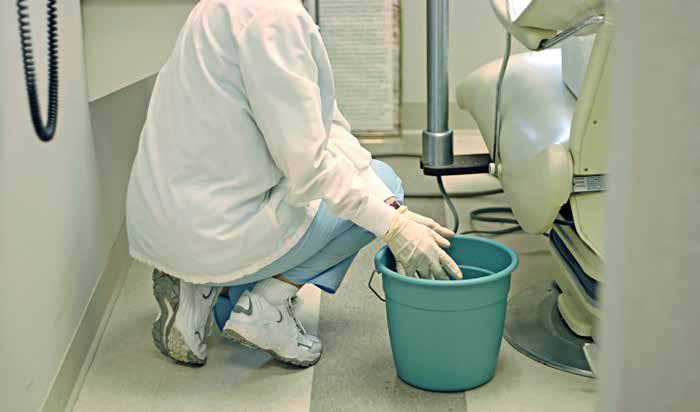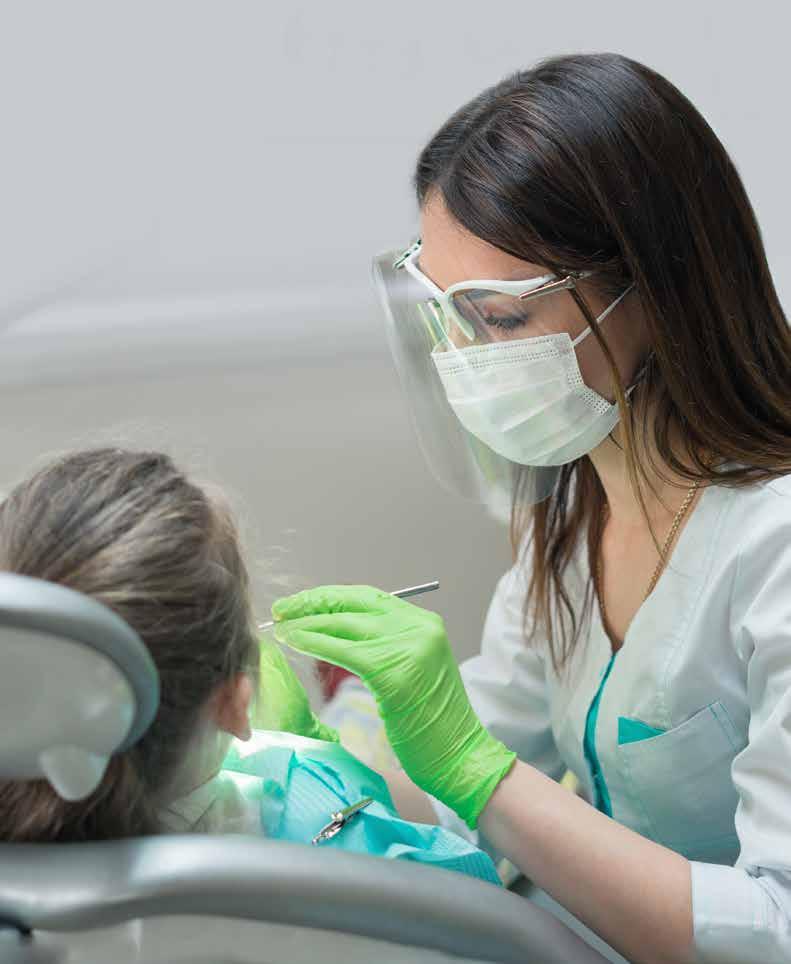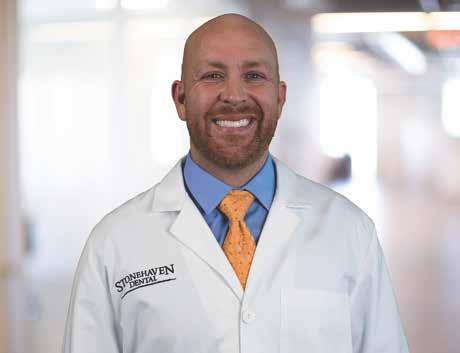> Executive Interview
Teledentistry: Is it viable in a hands-on business? Don’t expect it to mimic telemedicine.
Telemedicine is catching on among physicians. How about teledentistry? In February, the American Medical Association reported that physician adoption of televisits and virtual visits (including audio/video connections with patients) doubled, from 14 percent in 2016 to 28 percent in 2019. In addition, physician adoption of remote monitoring increased from 13 percent in 2016 to 22 percent in 2019.
On the other hand, it has been about two years since teledentistry codes – D9995 and D9996 – were added to the code set. But data on its usage is hard to come by. Chances are, teledentistry will take a very different course among dental practitioners than telemedicine has among physicians. Some of that is
6
due to the nature of the beast(s). Dentistry is, after all, a hands-on business. But regulatory policy – and politics – is playing a role too. “There is a fundamental challenge with teledentistry compared to telemedicine,” says Eric Tobler, DMD, regional president, Stonehaven Dental in Northern Utah, and national
Efficiency In Group Practice : ISSUE 3 • 2020
director of clinical affairs for Mortenson Dental Partners. “In medicine, a large percentage of diagnoses can be entirely treated with medication.” That’s not the case in dentistry. “Most of what we do as dentists requires some physical treatment.” What’s more, today’s medical practitioners rely on technologies that remotely monitor and assess their patients’ blood sugar levels, heart rates and blood pressure, he points out. Similar technologies don’t exist in dentistry. But clinical and technological considerations are only part of the reason teledentistry faces a different future than telemedicine. “Many people see teledentistry as something that may work, but there are just as many obstacles,” says Dr. Tobler. The state dental board’s role is to protect the standard of care and promote safety and access to care within their states – not to drive innovation, he says. “Until teledentistry business models can answer questions about comprehensive care and diagnosis, I think they will struggle with state board approval.” A second challenge associated with state dental board approval is the fragmentation and inconsistency from state to state, he adds. State boards struggle to agree on “common sense” measures, such as a National Clinical Board Examination, he says. And “from state to state, we can’t agree on how to
dentalgrouppractice.com


















